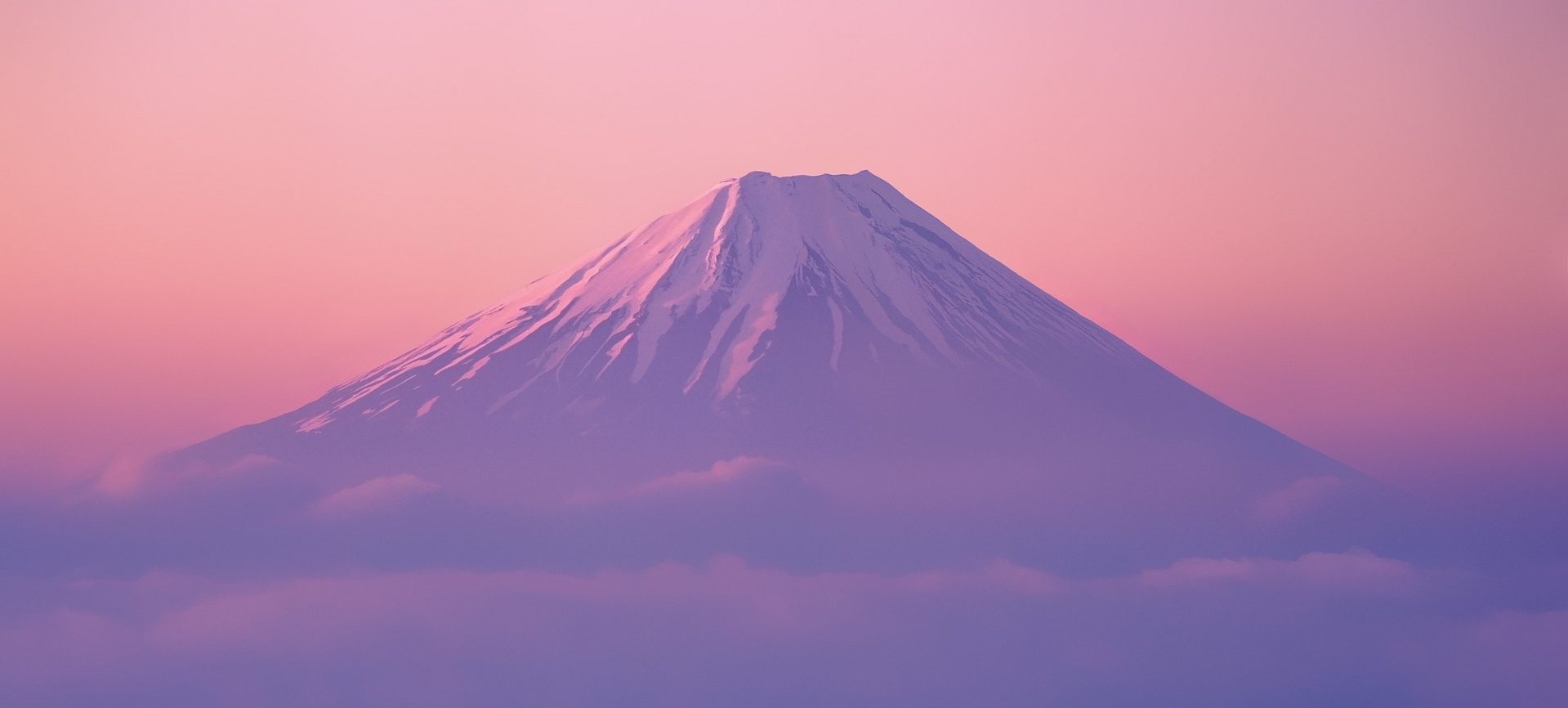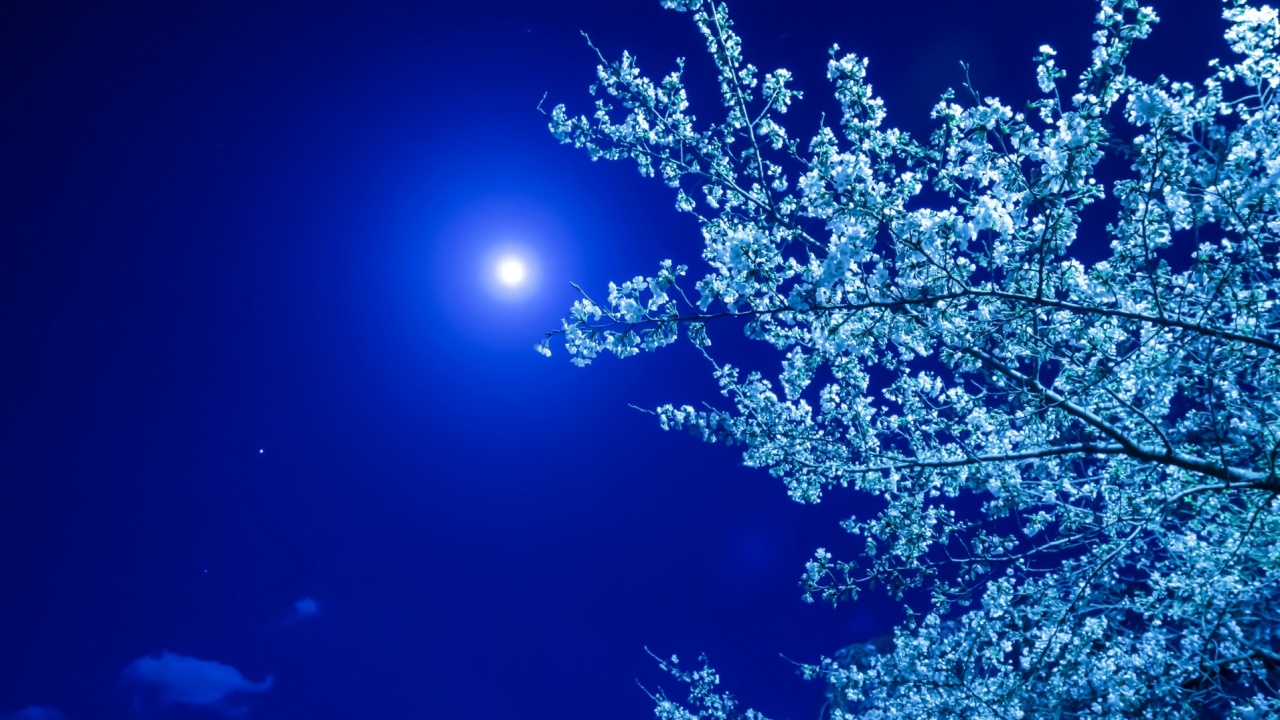季節によって、また地域ごとに、さまざまな行事がある日本。この中から、行事食に特徴のある暦をいくつかご紹介します。
Japan has a variety of events depending on the season and region. From this list, we will introduce some calendars with distinctive event foods.
お正月(おしょうがつ)/Oshogatsu (January)
お正月(おしょうがつ)は、正月(しょうがつ)に丁寧語の「お」がついたもの。
“Oshogatsu” is the polite word “o” added to “Shogatsu”.
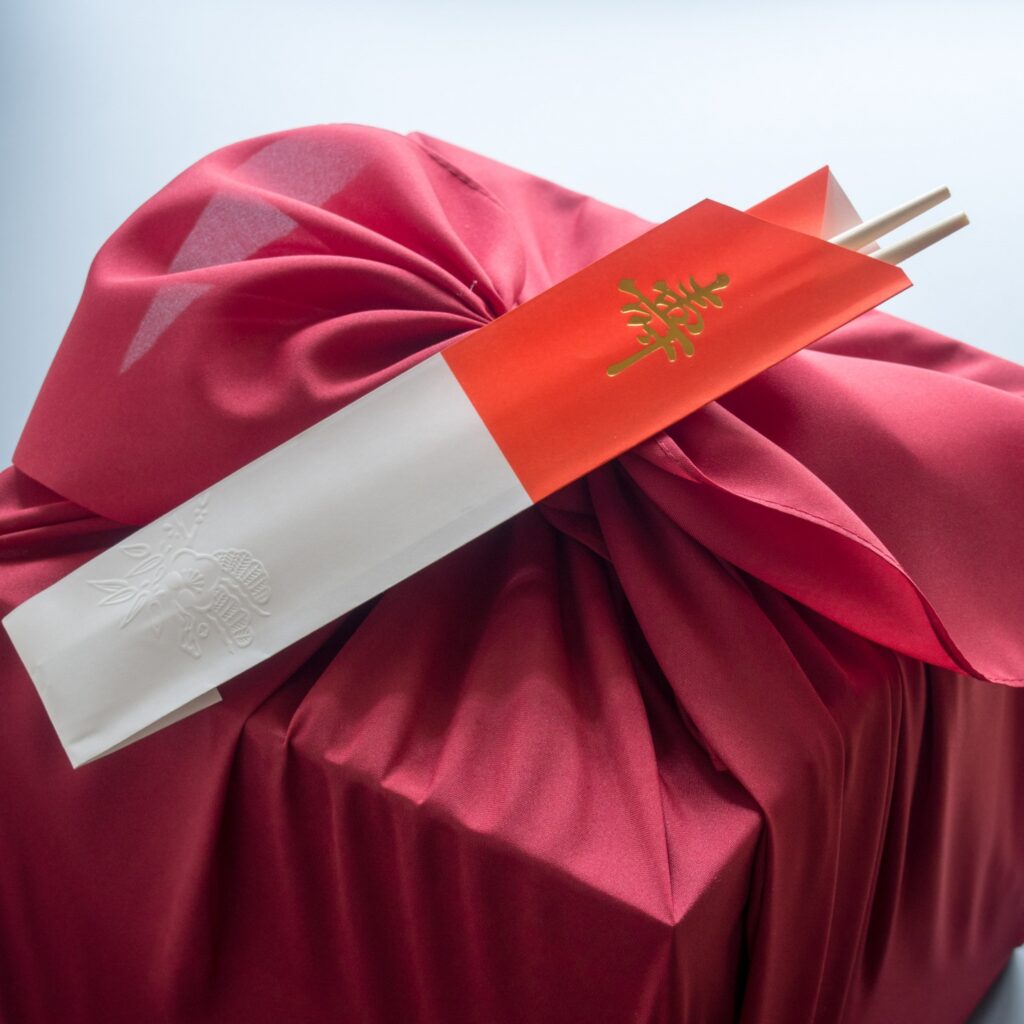
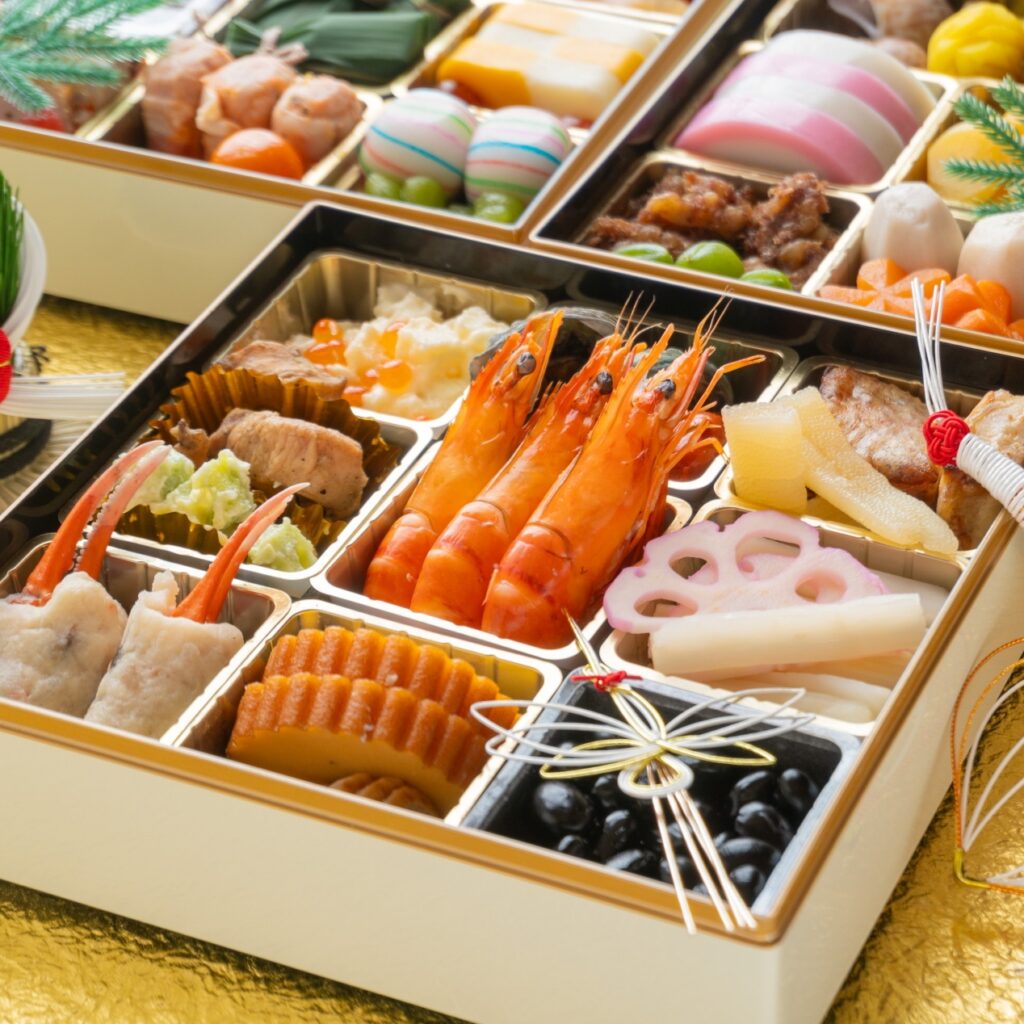
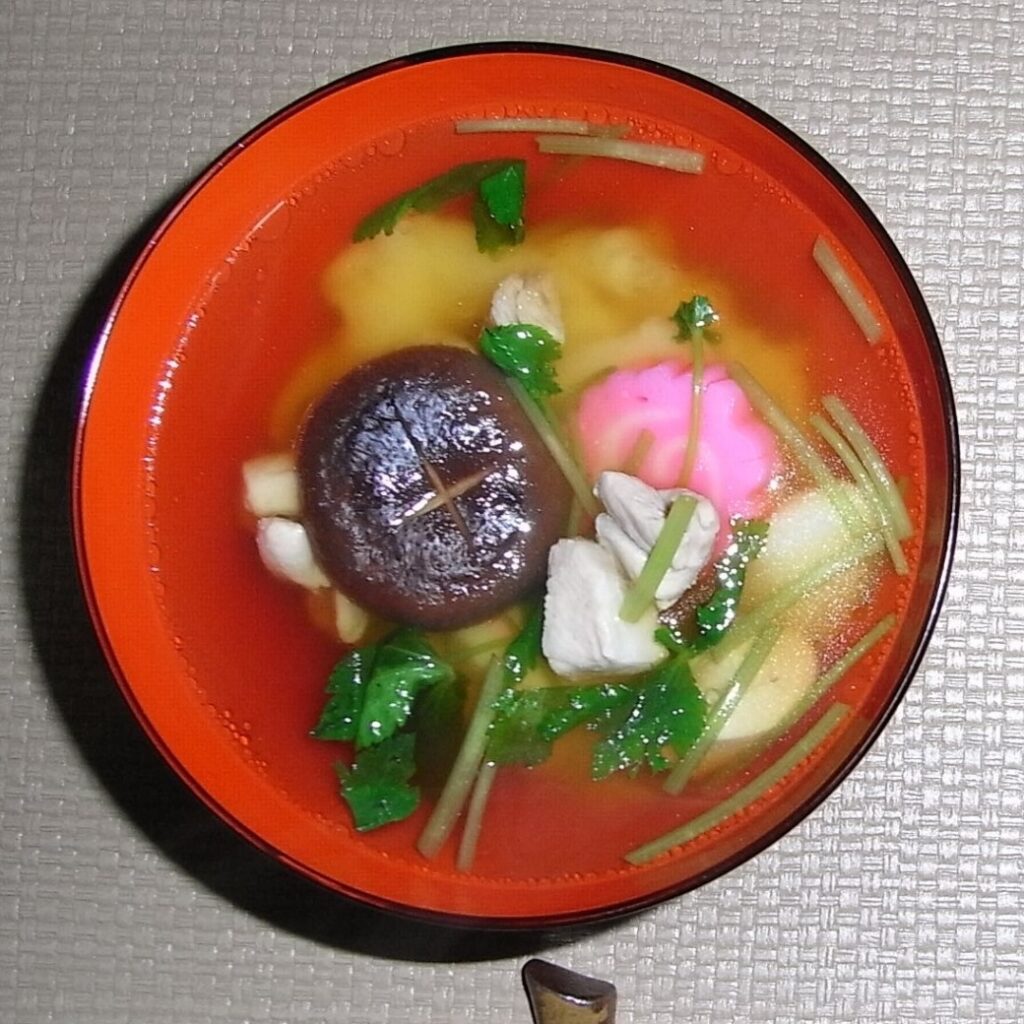
もともと「正月」は、1年の最初の月のこと。その中でも特に松の内(元日から7日や15日まで:地域によって異なる)までを指します。
Originally, Shogatsu was the first month of the year. Among these, it particularly refers to Matsunouchi (from New Year’s Day to the 7th or 15th: varies by region).
新たな年の神さま(年神さま)を家に迎え、家族揃って「お屠蘇(とそ)」「お雑煮(ぞうに)」「お節料理」で新年をお祝いします。
Welcoming the new year’s god (toshigami) into our homes, we celebrate the new year with the whole family with “toso,” “zouni,” and “Osechi ryori.”
お正月(しょうがつ)の詳細はこちらより/Click here for details on Oshogatsu (January)
お花見(おはなみ)/Ohanami (Flower-Viewing)
お花見(おはなみ)は、花見(はなみ)に丁寧語の「お」がついたもの。
Ohanami is the polite word “o” added to the word hanami.
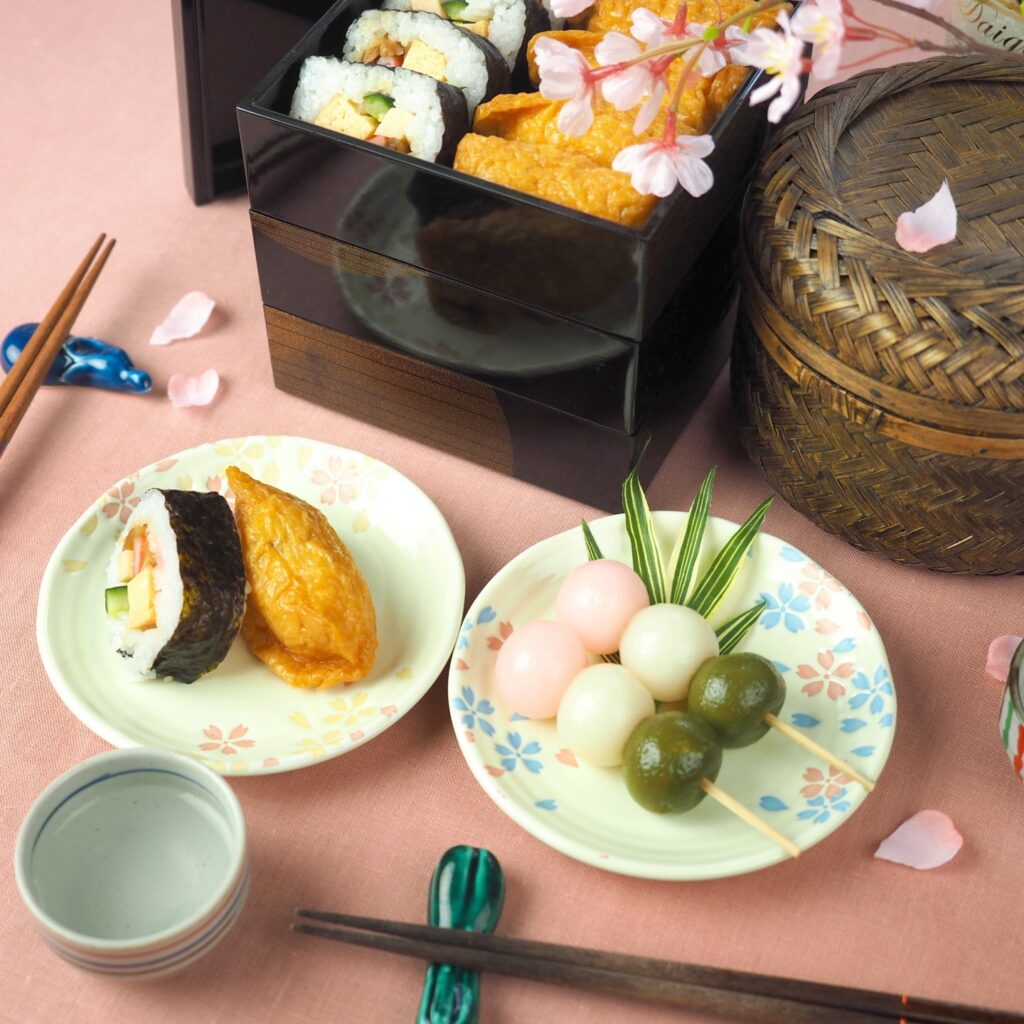

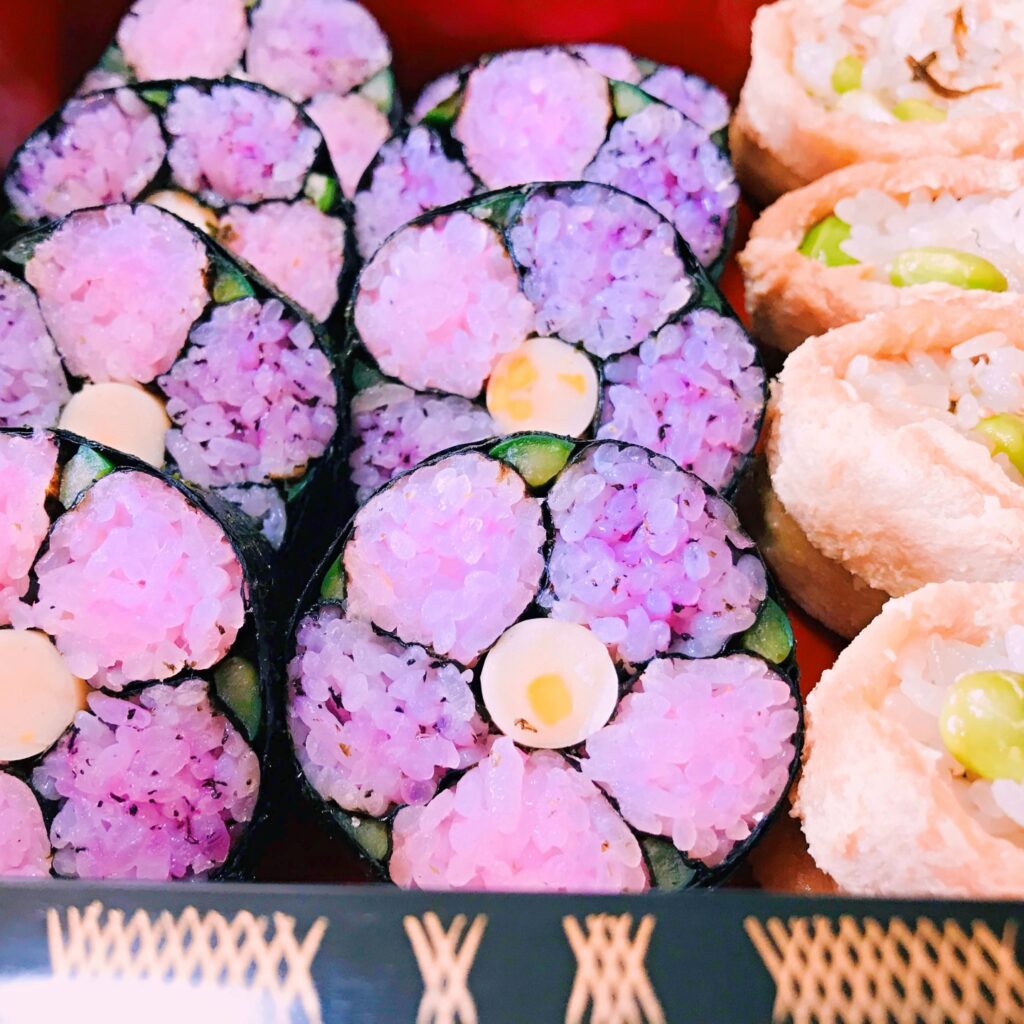
四季折々、さまざまな花が咲きますが、「花見」と呼ぶのは桜を愛でるとき。南北に長い日本列島は、桜の種類も開花の時期も異なります。地元で、あるいは旅をして、美しい桜を眺め、その下で食事(弁当)をいただきます。
Various flowers bloom throughout the four seasons, and “Hanami” is when you can admire the cherry blossoms. The Japanese archipelago, which stretches from north to south, has different types of cherry blossoms and different blooming times. Locally or on a trip, you can look at the beautiful cherry blossoms and have a meal (bento) under them.
お花見(おはなみ)の詳細はこちらより/Click here for details on Ohanami (Flower-Viewing)
夏越の祓(なごしのはらえ)/Nagoshi-no-harae (Summer purification rites)
一年の前半の最終日にあたる6月の晦日に行われる神事。大晦日の「年越の祓(としこしのはらえ)」とともに罪や穢れを祓う「大祓(おおはらえ)」と呼ばれる風習。旧暦では夏から秋への季節の変わり目だったため「夏越」と呼ばれる。
平成ニッポン生活便利帳

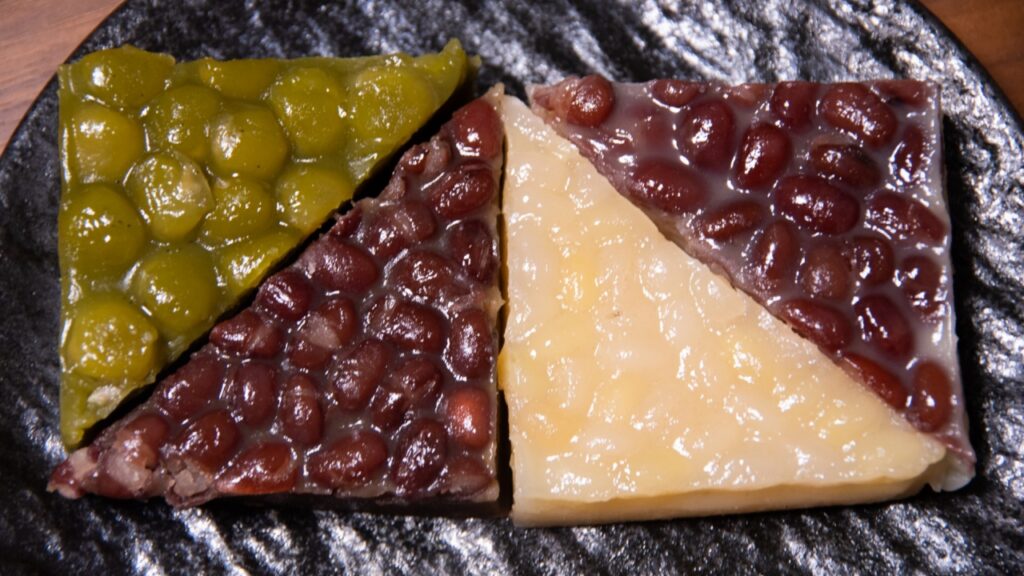
A Shinto ritual held on the last day of June, the last day of the first half of the year. Along with “Toshikoshi no Harae” on New Year’s Eve, there is a custom called “Oharae,” which purifies sins and impurities. According to the lunar calendar, it was the change of season from summer to autumn, so it was called “Nagoshi.”
夏越の祓(なごしのはらえ)の詳細はこちらより/Click here for details on Nagoshi-no-harae (Summer purification rites)
盂蘭盆会(うらぼんえ)/Urabone (Urabon Festival)
「お盆」と呼ぶことの多い行事・期間
Events and periods often called “Obon”
家族が一堂に会し先祖の霊を迎えて供養する行事。魂祭(みたままつり)と言われる日本古来の民間習俗が、江戸時代に仏教行事である盂蘭盆会(うらぼんえ)と結びついたとされる。
平成ニッポン生活便利帳

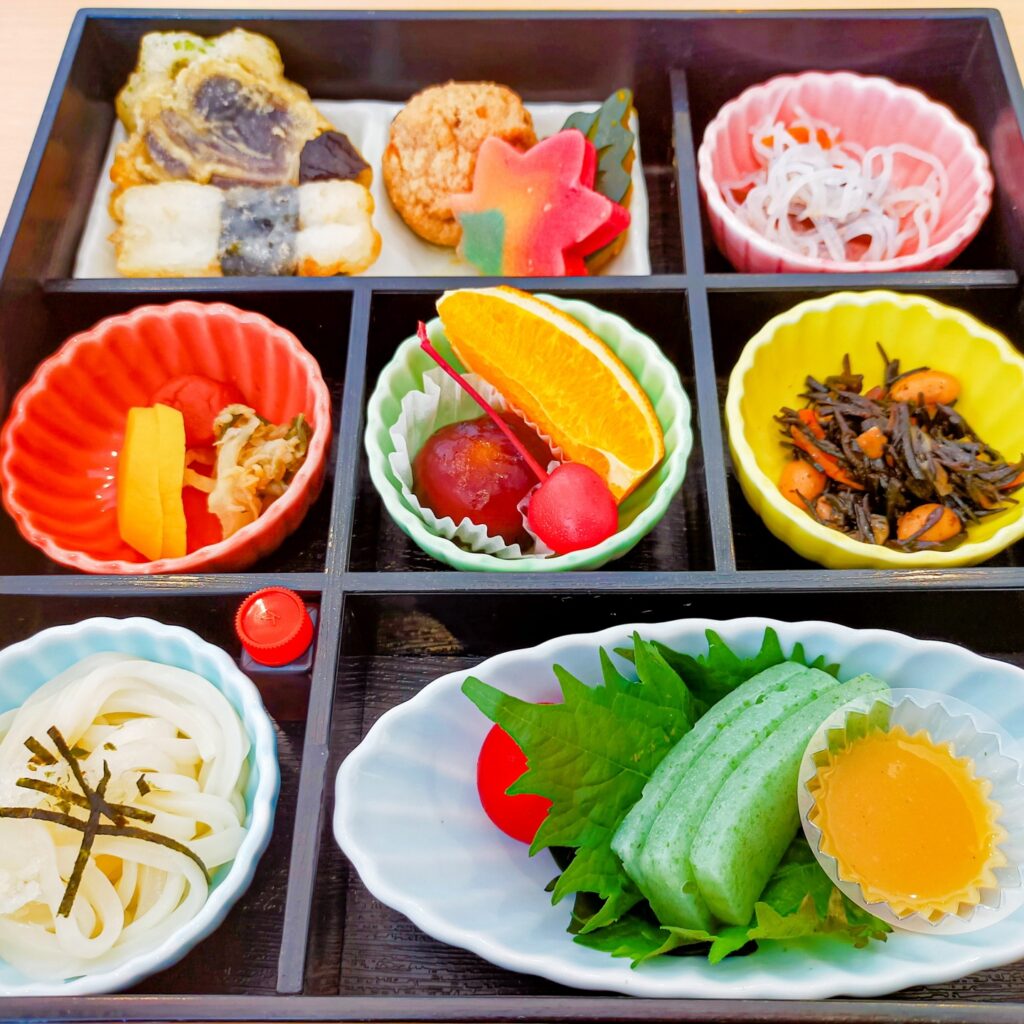
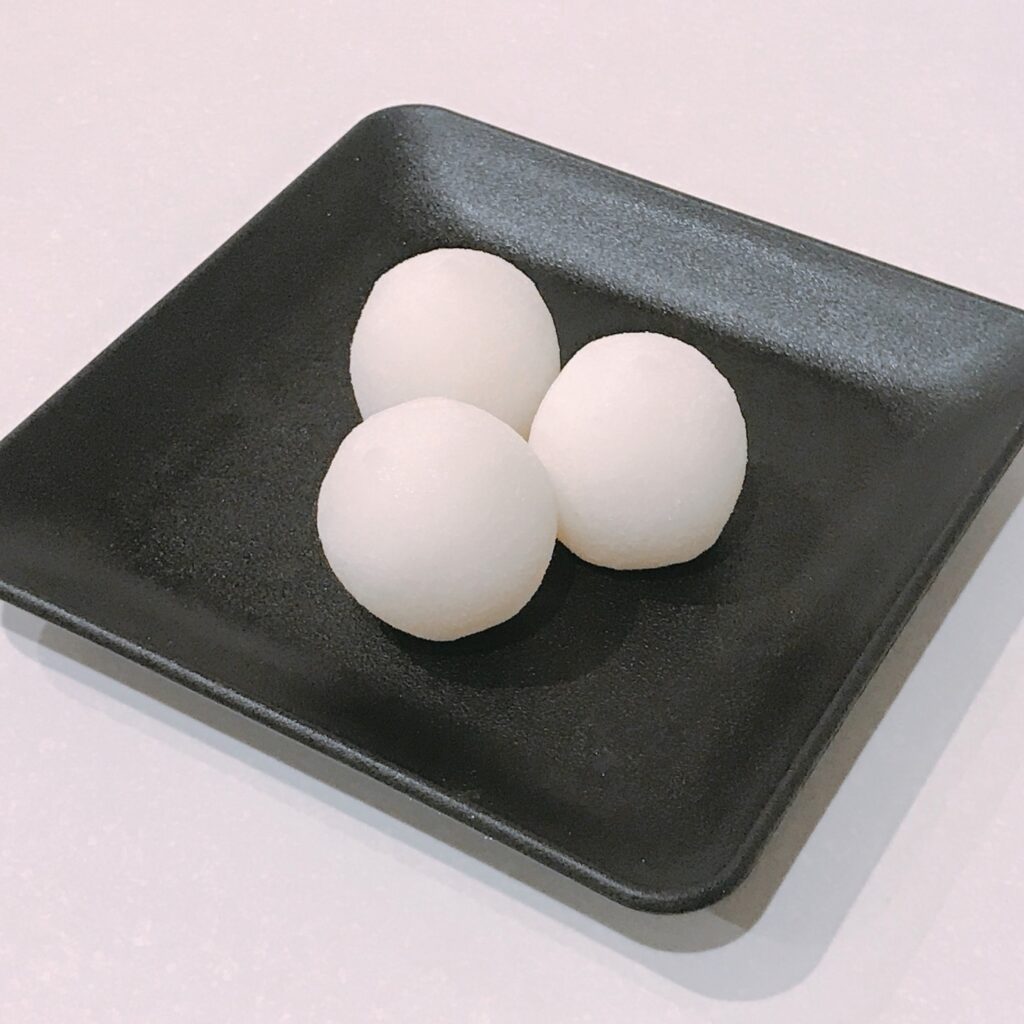
An event where families gather together to welcome the spirits of their ancestors and hold a memorial service. It is said that an ancient Japanese folk custom called Mitama Matsuri (soul festival) was connected to Urabon-e, a Buddhist event, during the Edo period.
盂蘭盆会(うらぼんえ)の詳細はこちらより/Click here for details on Urabone (Urabon Festival)
お月見(おつきみ)/Otsukimi (Moon-Viewing)
お月見(おつきみ)は、月見(つきみ)に丁寧語の「お」がついたもの。
Otsukimi is the polite word “o” added to tsukimi.
旧暦8月の十五夜、旧暦9月の十三夜を名月(めいげつ)と呼び、お供え物をして、美しい月を愛でる風習。
The 15th night of August in the lunar calendar and the 13th night of September in the lunar calendar are called Meigetsu, and it is a custom to make offerings and admire the beautiful moon.
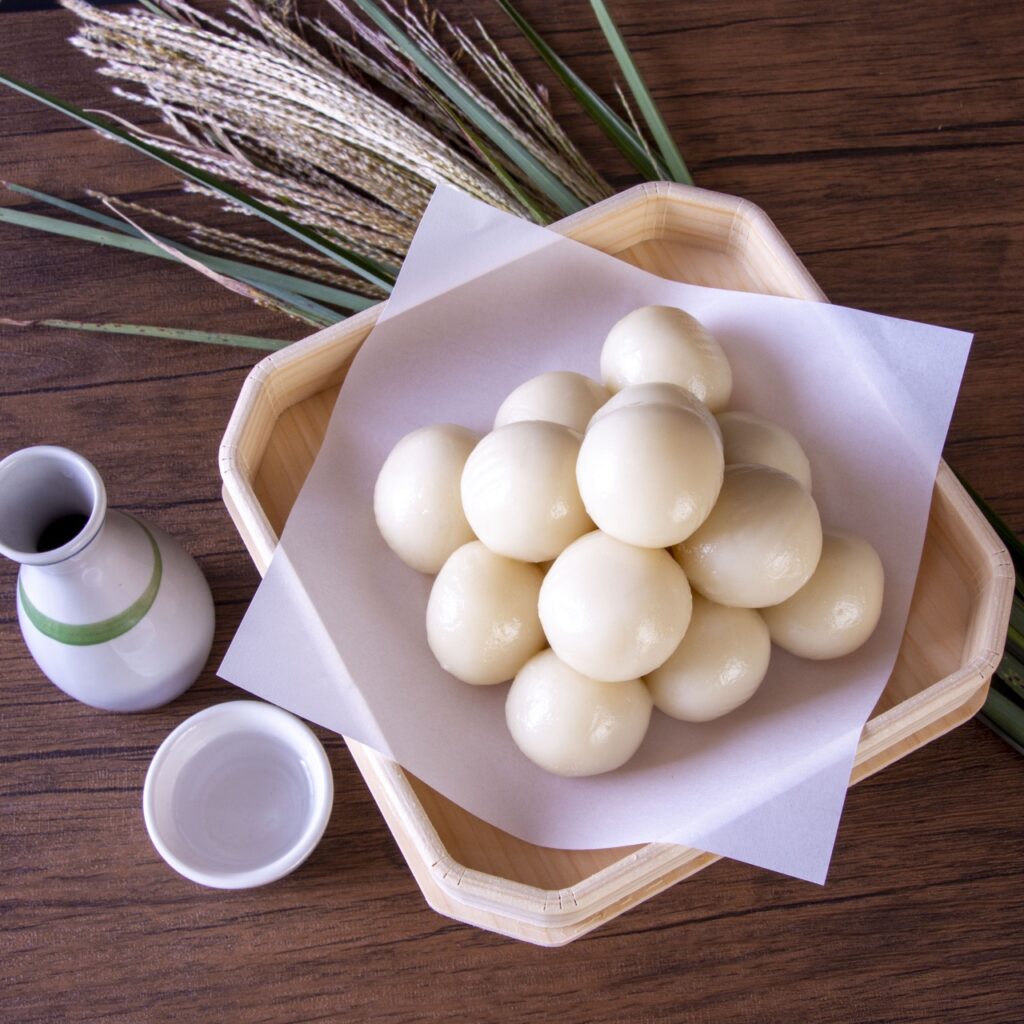

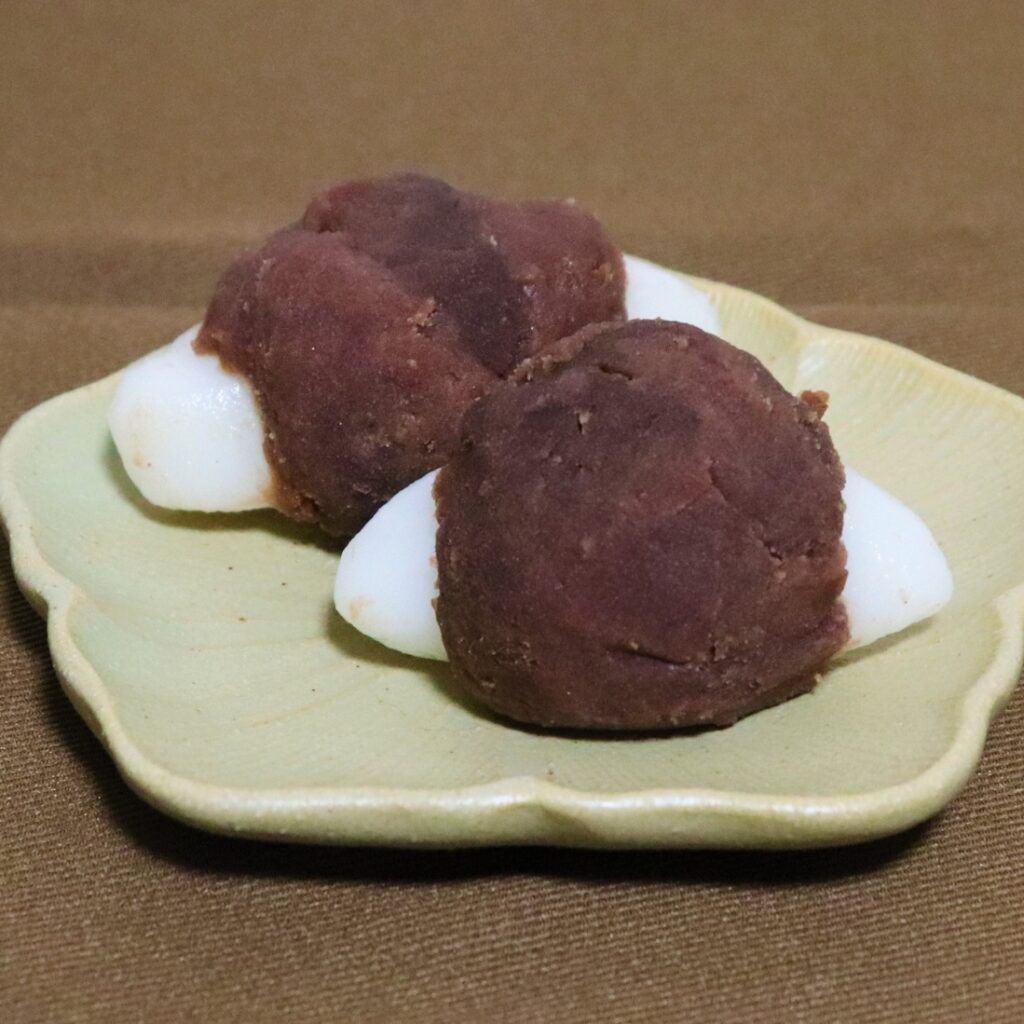
お月見の詳細はこちらより/Click here for details on Moon-Viewing
七五三(しちごさん)/Shichi-Go-San (7-5-3-year-old Children’s Festival)
11月15日に行われる、子どもの健やかな成長と加護を願うお祝い行事。数え年で3歳と5歳の男児、3歳と7歳の女児が晴れ着を着て、両親らとともに氏神さまや神社にお参りします。
A celebratory event held on November 15th to pray for the healthy growth and protection of children. Boys aged 3 and 5 and girls aged 3 and 7 in east Asian age reckoning wear traditional Japanese clothes and visit guardian deities and shrines with their parents.

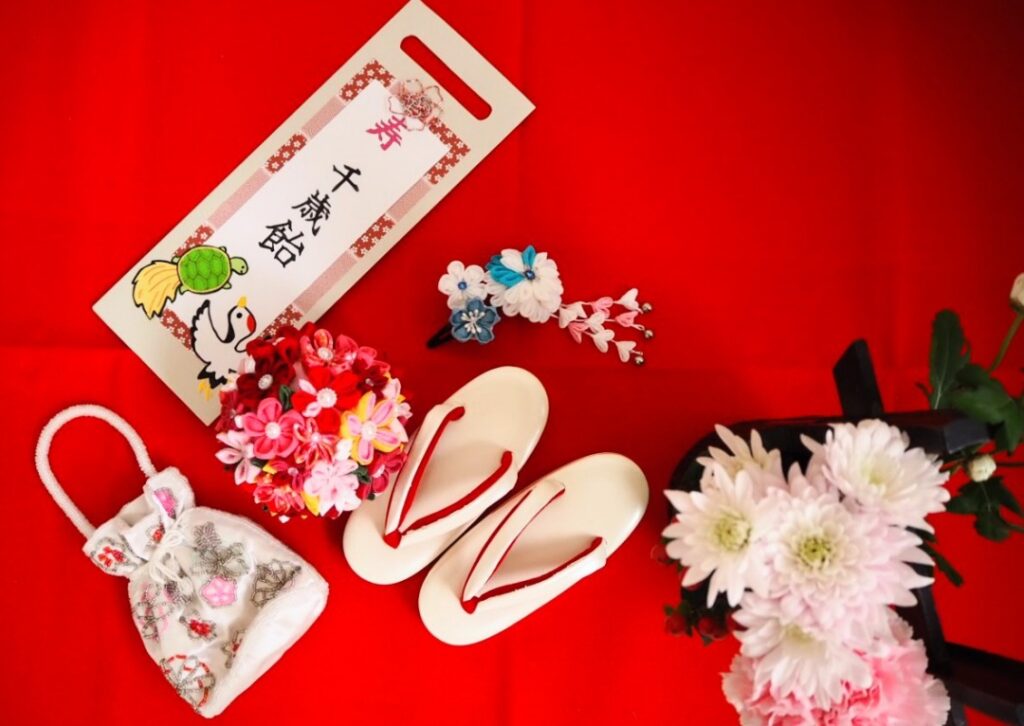
七五三(しちごさん)の詳細はこちらより/Click here for details on Shichi-Go-San (7-5-3-year-old Children’s Festival)
大晦日(おおみそか)/Omisoka (The last day of the year)
12月31日のこと。旧暦では、晦日(みそか)=30日がひと月の末日で、12月31日は1年の最後の月の末日なので、大晦日(おおみそか)と言います。正月を迎える準備の仕上げの日です。
It was December 31st. In the lunar calendar, the 30th is the last day of a month, and December 31st is the last day of the last month of the year, so it is called Omisoka (The last day of the year) = New Year’s Eve. This is the final day of preparations for Oshogatsu (January) = New Year.
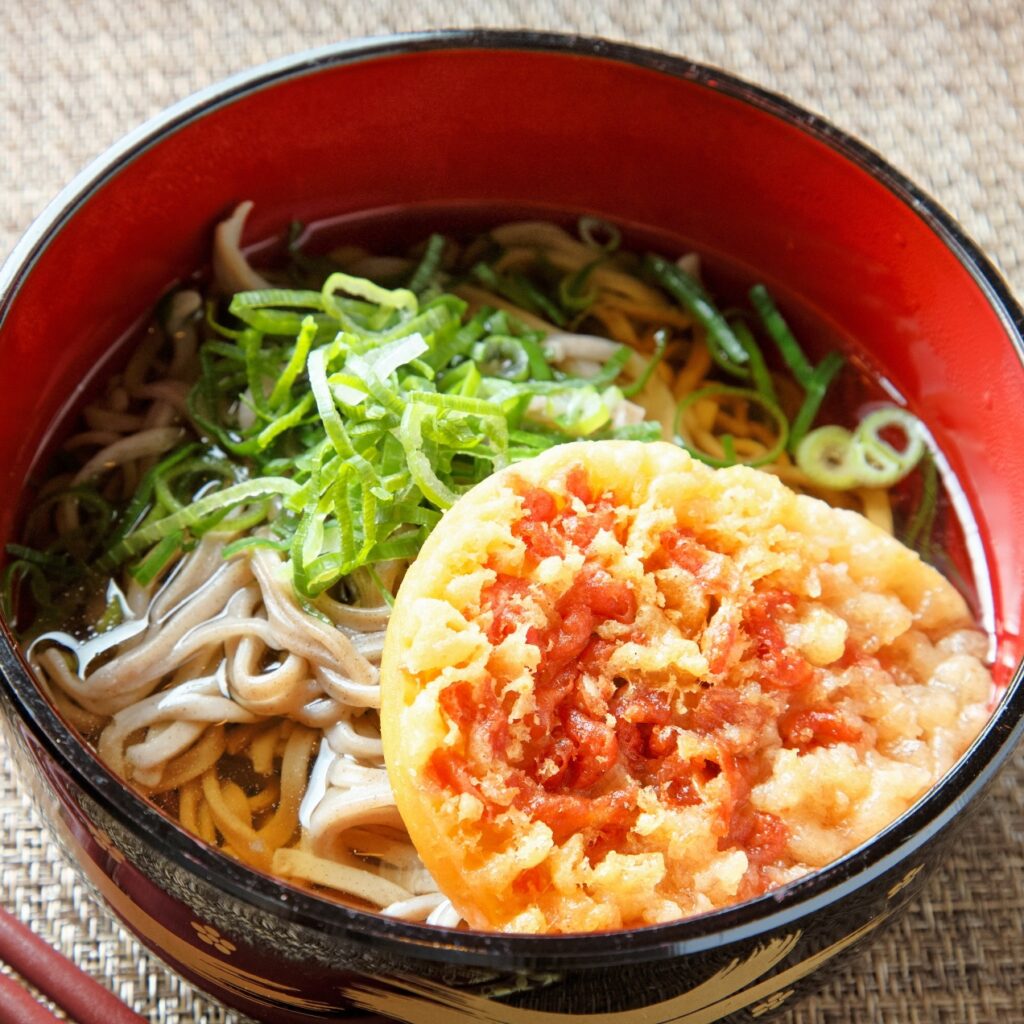

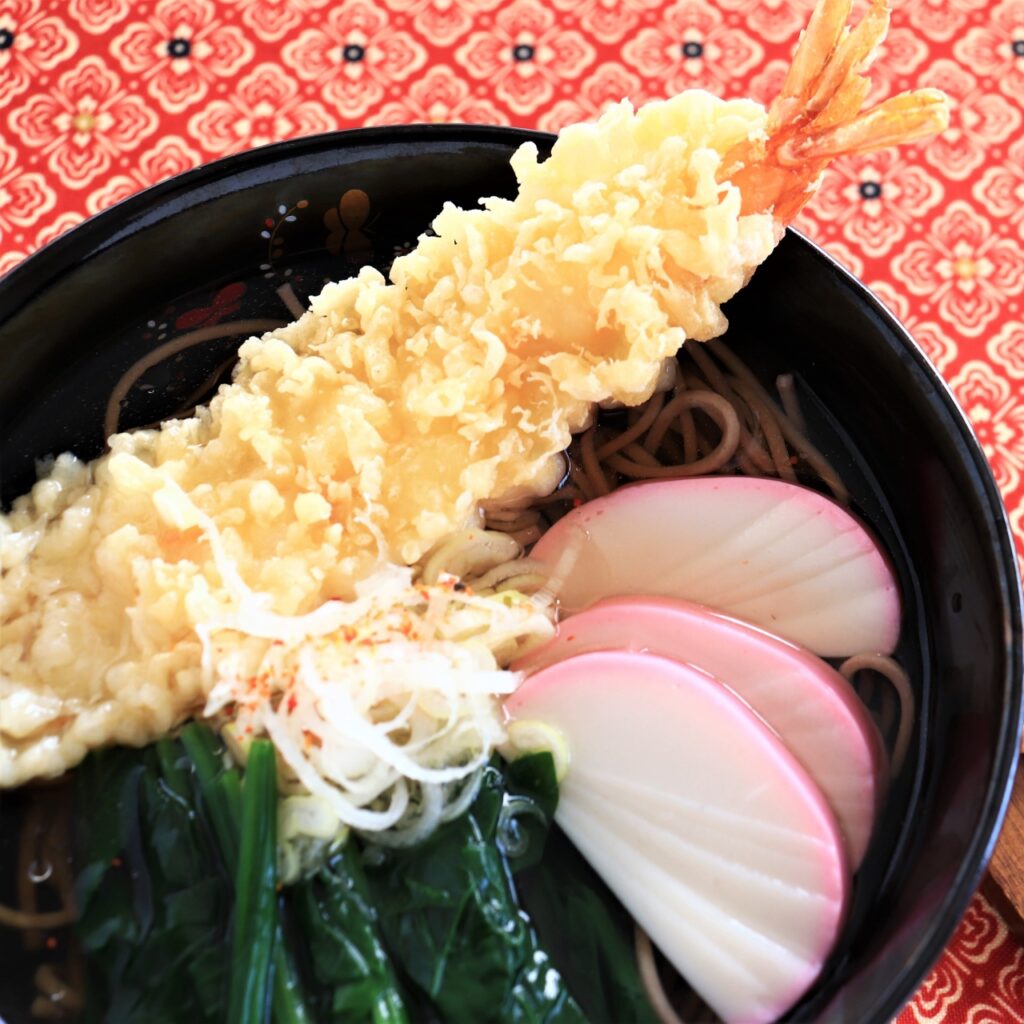
大晦日(おおみそか)の詳細はこちらより/Click here for details on Omisoka (The last day of the year)
